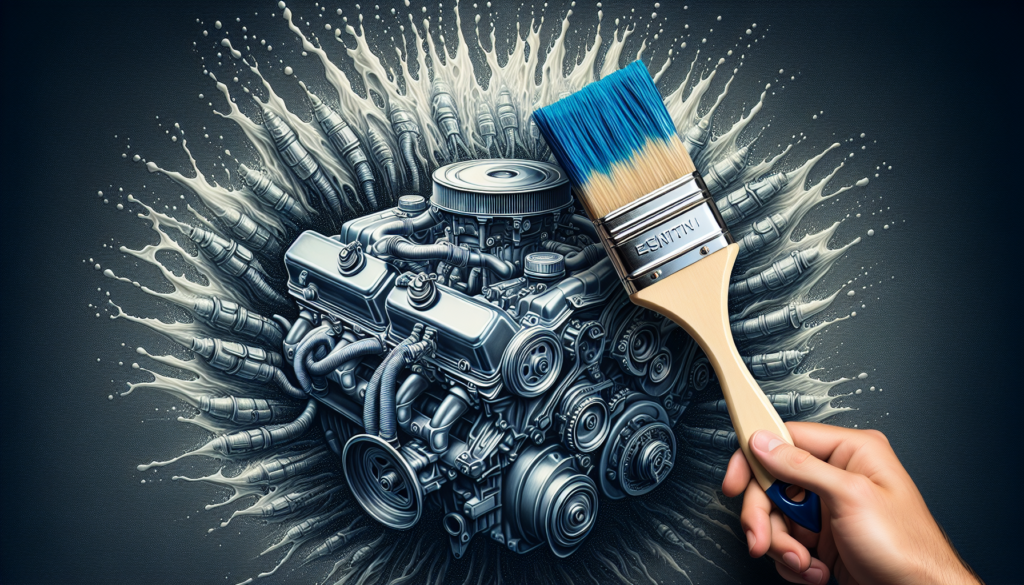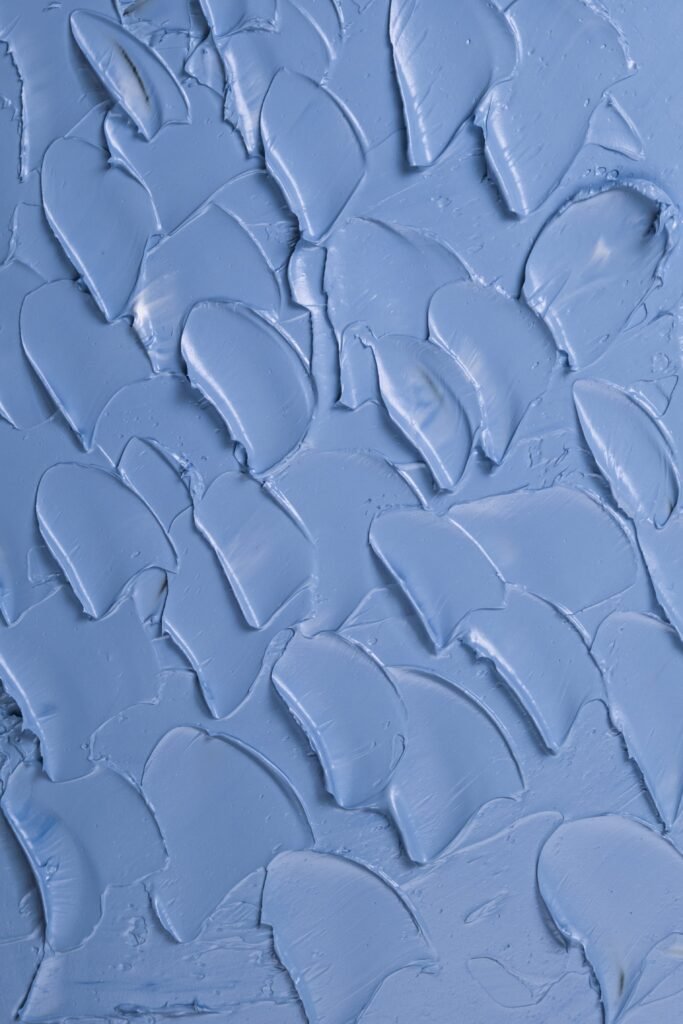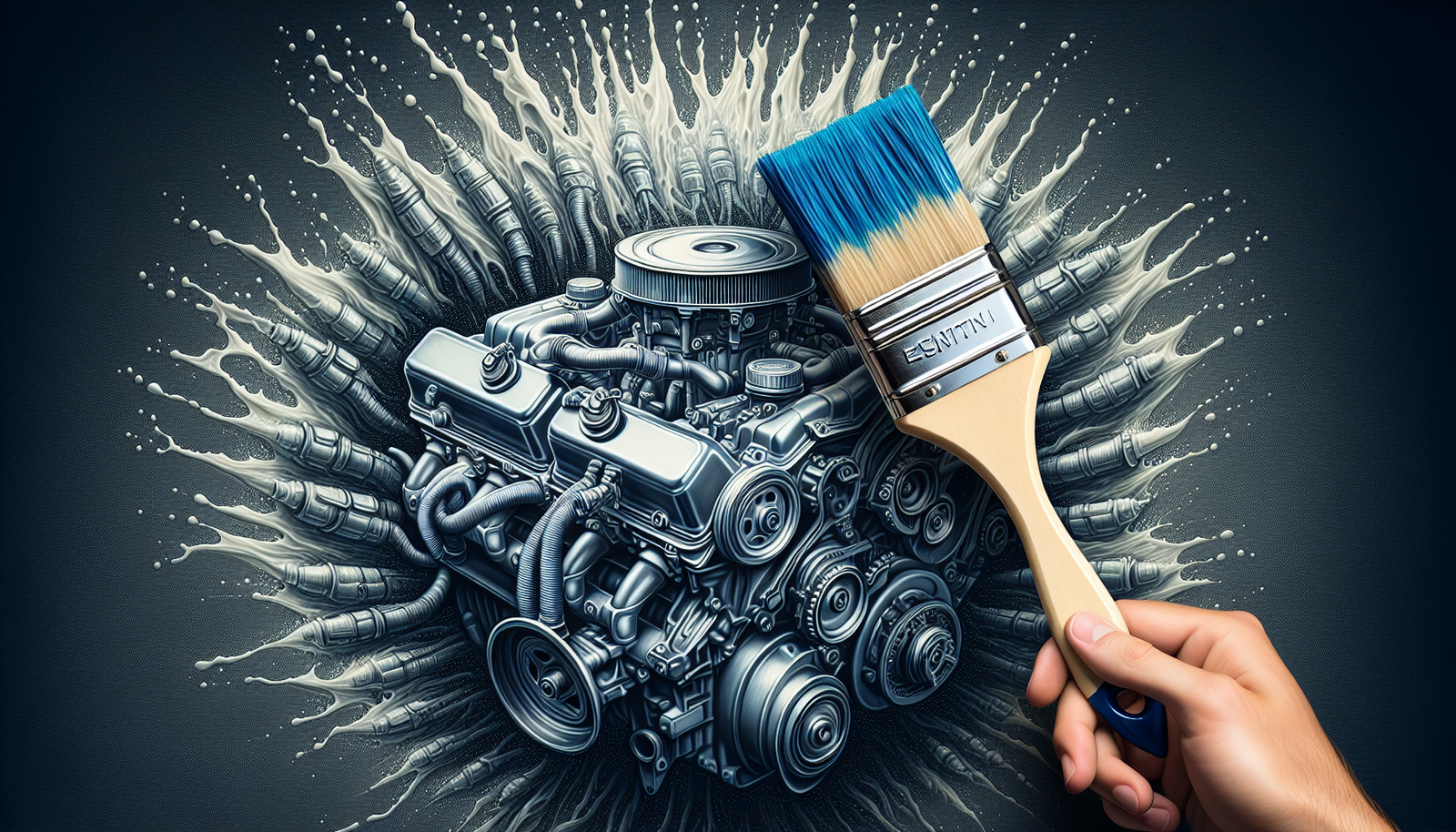Are you looking to spruce up your boat engine and give it a fresh new look? Look no further! This DIY guide will walk you through the step-by-step process of painting your boat engine, allowing you to customize its appearance and protect it from corrosion. Whether you’re a seasoned DIY enthusiast or a first-timer, this guide is designed to be user-friendly, providing you with all the necessary information and tips to achieve professional results. So grab your paintbrush and let’s get started on transforming your boat engine into a true showstopper.
Preparing the Engine for Painting
Cleaning the Engine
Before you can start painting your boat engine, it is crucial to ensure that the surface is clean and free of any dirt or debris. Use a degreaser to remove any oil or grease, and then thoroughly rinse the engine with water. You may need to use a brush or cloth to scrub away stubborn grime. Once the engine is clean, allow it to dry completely before moving on to the next step.
Removing Rust and Corrosion
Rust and corrosion can not only affect the appearance of your engine but also compromise its performance. Before painting, it is essential to remove any rust or corrosion present on the surface. You can use a wire brush or sandpaper to scrub away the rust, making sure to reach all the nooks and crannies. For stubborn rust spots, you may need to use a rust remover or a penetrating oil. Once the rust is removed, wipe away any residue and proceed to the next step.
Sanding the Surface
Sanding the engine will help create a smooth surface for the paint to adhere to. Use sandpaper or steel wool to sand the entire surface of the engine, paying particular attention to any rough or uneven areas. This step will also help remove any remaining rust or corrosion that may have been missed during the previous step. After sanding, make sure to wipe away any dust or debris to ensure a clean surface for painting.
Masking the Engine Parts
To avoid getting paint on parts of the engine that should not be painted, it is crucial to properly mask them off. Masking tape and plastic sheets are excellent tools for this task. Carefully cover any areas that should not be painted, such as wires, connectors, or sensitive components. Take your time to ensure that everything is adequately protected before moving on to the next step.
Choosing the Right Paint
Researching Suitable Paint Types
When painting your boat engine, it is essential to choose a paint that is specifically designed for use on engines and can withstand the harsh marine environment. Research different types of marine engine paints and read reviews to determine which ones are the most suitable for your needs. Consider factors such as durability, resistance to chemicals and UV rays, and ease of application.
Considering Temperature and Climate
The temperature and climate in which the engine will be used should also be taken into account when choosing the paint. Some paints are more suitable for hot climates, while others are better at withstanding cold temperatures. Consider the specific conditions your boat engine will be exposed to and choose a paint that can withstand those conditions effectively.
Selecting the Color and Finish
While the color and finish of your boat engine may be a matter of personal preference, it is important to choose a color and finish that will not only look good but also provide practical benefits. Dark colors can absorb more heat, potentially causing the engine to overheat in hot climates. On the other hand, lighter colors may show dirt and stains more easily. Additionally, consider the finish of the paint, such as gloss, satin, or matte, based on your desired aesthetic and maintenance preferences.

Gathering the Necessary Tools and Materials
Paintbrushes and Rollers
Choosing the right paintbrushes and rollers is crucial for achieving a smooth and professional finish. Synthetic brushes are typically better for applying paint to engines, as they hold their shape better and are easier to clean. Foam or microfiber rollers can also be used to apply paint to larger areas, ensuring even coverage.
Primer and Paint
Primer is an essential step in the painting process as it helps the paint adhere properly to the engine surface and provides additional protection. Select a high-quality primer specifically designed for marine engines. When it comes to choosing the paint, opt for one that is heat-resistant, durable, and specifically formulated for marine environments. Look for paints that offer good adhesion and protection against corrosion.
Sandpaper and Steel Wool
Sanding the engine surface requires the use of sandpaper or steel wool. Choose sandpaper with a grit appropriate for the task. Finer grits, such as 220 or higher, are ideal for smoothing out the surface, while coarser grits, such as 80 or 120, may be needed for rust removal. Steel wool can also be used for sanding and removing rust.
Masking Tape and Plastic Sheets
Properly masking off the parts of the engine that should not be painted is crucial to achieve clean and professional results. Use high-quality masking tape that adheres well and does not leave residue. Plastic sheets or drop cloths should also be used to cover surrounding areas and protect them from overspray.
Step-by-Step Painting Process
Applying Primer
Once the engine surface is properly prepared, it is time to apply the primer. Make sure to follow the manufacturer’s instructions for the specific primer you are using. Using a brush or roller, apply the primer evenly and smoothly, covering the entire engine surface. Allow the primer to dry completely before moving on to the next step.
Painting the Engine
After the primer has dried, you can now proceed to paint your boat engine. Apply the paint using the same method (brush or roller) as you did with the primer, making sure to achieve an even and consistent coverage. Take your time and apply thin coats to avoid drips or runs. Multiple thin coats are always better than one thick coat.
Allowing Sufficient Drying Time
After applying the paint, it is crucial to allow sufficient drying time before handling or using the engine. Follow the manufacturer’s instructions for the specific paint you are using to determine the recommended drying time. Avoid exposing the freshly painted engine to dust, debris, or moisture during this period to ensure a smooth and flawless finish.

Applying Additional Layers and Touch-Ups
Inspecting the Painted Engine
Once the initial coat of paint has dried, inspect the engine surface for any imperfections such as streaks, thin spots, or missed areas. If necessary, lightly sand and clean the affected areas before applying additional paint.
Applying Additional Coats
To achieve a more durable and long-lasting finish, it is recommended to apply multiple coats of paint. Follow the same process as before, making sure to allow sufficient drying time between coats. Each additional layer will help build up the color and ensure a more even and consistent appearance.
Performing Touch-Ups
After applying all the desired coats of paint, carefully inspect the engine for any remaining imperfections. Use a small brush or touch-up pen to fix any small spots or touch-ups that may be needed. This attention to detail will help achieve a truly professional finish.
Cleaning and Maintaining the Painted Engine
Washing the Engine
Regularly washing your painted engine is crucial for maintaining its appearance and protecting it from dirt, grime, and saltwater corrosion. Use a mild detergent and a soft brush or sponge to gently scrub the surface, making sure to avoid abrasive cleaners or brushes that may damage the paint.
Using Appropriate Cleaning Products
When cleaning your painted engine, it is important to use products that are safe for use on painted surfaces. Avoid using harsh chemicals, solvents, or abrasive cleaners that can strip the paint or cause damage. Instead, opt for mild cleaners specifically formulated for painted surfaces.
Regular Inspection and Repairs
To ensure the longevity of your painted engine, make it a habit to regularly inspect the paint for any signs of wear, chipping, or peeling. If any damage is detected, promptly address it by following the necessary repair steps recommended by the paint manufacturer. Taking care of minor issues early on can prevent more significant damage in the future.

Safety Precautions and Best Practices
Working in a Well-Ventilated Area
When painting your boat engine, it is essential to work in a well-ventilated area to prevent the inhalation of fumes. Paint fumes can be harmful, so ensure that there is adequate airflow, either by working outdoors or in a properly ventilated workshop or garage.
Wearing Protective Gear
Always prioritize your safety by wearing appropriate protective gear, such as goggles, gloves, and a respirator. This will protect your eyes, skin, and respiratory system from potential harm caused by paint fumes or chemicals.
Properly Storing and Disposing of Paint
After painting your engine, it is crucial to properly store any leftover paint and to dispose of empty containers responsibly. Seal the paint container tightly to prevent it from drying out or spilling. Check local regulations for proper paint disposal methods to ensure you are not causing harm to the environment.
Avoiding Fire and Spark Hazards
Painting your boat engine involves the use of flammable materials and fumes. Take precautions to avoid fire hazards by keeping open flames, sparks, or other ignition sources far away from the painting area. Additionally, ensure that the engine and surrounding areas are free from any potential sources of fuel or oil leaks.
Common Mistakes to Avoid
Rushing the Preparation Stage
Taking the time to properly prepare the engine surface before painting is essential for achieving a professional finish. Rushing this stage may result in poor adhesion, paint flaws, or premature peeling. Make sure to follow the recommended steps and give each stage the attention it deserves.
Applying Too Thick or Thin Paint
When applying paint to your boat engine, it is crucial to maintain a consistent thickness. Applying paint that is too thick can result in drips, runs, or uneven coverage. On the other hand, paint that is too thin may not provide adequate protection or the desired aesthetic. Follow the manufacturer’s recommended instructions regarding paint application and consistency.
Neglecting Proper Drying and Curing Time
Allowing sufficient drying and curing time between coats and before handling the engine is crucial for achieving a durable finish. Rushing this process may result in smudges, scratches, or damage to the paint job. Follow the manufacturer’s instructions for specific drying and curing times and avoid using or exposing the engine to harsh conditions during this period.

Tips for a Professional Finish
Practicing Proper Technique
To achieve a professional finish, practice proper painting techniques such as maintaining a consistent stroke direction, avoiding excessive brush or roller pressure, and using a steady hand. Take your time and be patient, as each stroke contributes to the overall appearance of the finished product.
Using Thin Coats and Multiple Layers
Applying thin coats of paint is preferable to applying one thick coat. Thin coats allow for better control, minimize the risk of drips or runs, and promote even drying. Multiple layers help build up the color and create a more consistent and durable finish.
Following the Manufacturer’s Instructions
To ensure the best results, always follow the manufacturer’s instructions provided with the primer and paint you are using. They will provide specific guidelines on preparation, application, and drying times. Deviating from these instructions may compromise the quality of the paint job.
Conclusion
Painting your boat engine not only enhances its appearance but also provides protection against the harsh marine environment. By following the steps outlined in this guide, you can achieve a professional and long-lasting finish. Remember to prioritize safety, take your time in the preparation and painting process, and regularly maintain and inspect the painted engine. With the right tools, materials, and techniques, you can transform your boat engine into a true work of art. Happy painting!


